Artificial intelligence based on neural networks is learning to perform tasks that were once thought to be uniquely human — like writing, for instance. But its abilities go beyond that. In astronomy, AI is already tackling some of the most complex challenges. The question is, could it eventually replace scientists and bring humanity closer to colonizing Mars?
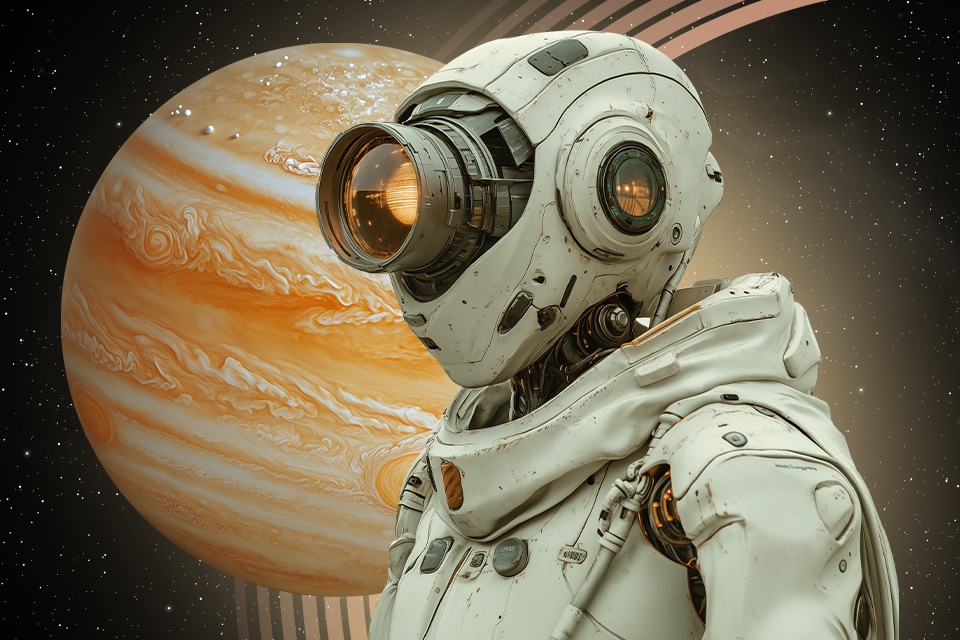
The age of AI
Fifteen years ago, neural network models were already used for solving various problems, though their main focus was pattern recognition and process optimization. Today, they’ve advanced to the point of writing texts and even creating images.
In science, particularly in astronomy, neural network models are used in a completely different way. They don’t really generate content or create storybook illustrations, but rather tackle labor-intensive tasks that once required the combined efforts of dozens of skilled researchers.
Pattern recognition of stellar objects
The primary and most important use of AI in science is pattern recognition. In everyday life, we see this in face recognition algorithms, but in astronomy, the goal is to identify specific objects within vast amounts of observational data. In the past, this data had to be translated into visual format and analyzed manually, which is to say, researches had to rely on their own eyes to figure out what they were looking at.
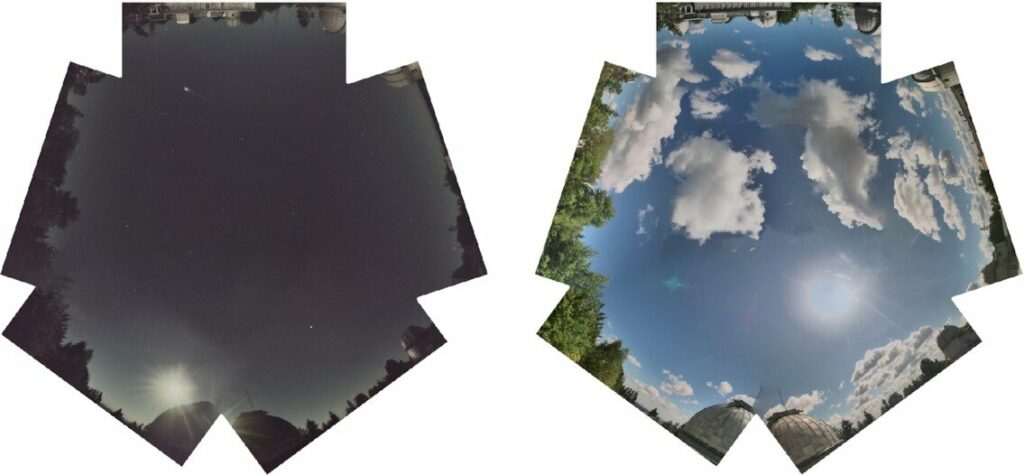
It turned out to be much more cost-effective to train a neural network on existing samples and let it handle massive amounts of data. That’s exactly what the experts working with the AllSky7 did. This system has 85 cameras operating around the clock across the U.S., capturing the sky 24/7. Every day, the cameras record a range of phenomena, with falling meteorites being the most intriguing. Overtime, the AI learned to recognize what falling stars look like, so now it can not only spot them in hundreds of hours of footage but also predict where they might have landed.
Another similar study was published in November 2022 by scientists at the Zwicky Transient Facility. Over the course of 19 months of continuous observations, a machine learning system assisted the researchers in processing the data. During this time, the AI managed to identify a thousand supernovae.
Images of Earth
Scientists don’t just observe space from Earth — they also observe Earth from space. Satellite observations have become the foundation for many studies of our planet. Similar to astronomical objects, these observations involve numerous pattern recognition tasks that once required significant human effort.

Now, AI is increasingly taking over these tasks. A great example is the 2022 study of North Africa’s landscape. In this region, people are working hard to combat the Sahara desert’s encroachment by planting trees to protect fertile land. However, it’s almost impossible to estimate the number of trees from an airplane; it would mean sifting through thousands of satellite images and counting each tree. So a specially trained algorithm stepped in and handled the job remarkably well.
Another fascinating example of using AI to study Earth from space is assessing meteorite locations in Antarctica. This continent is unique because any rocks that fall from the sky tend to get trapped in the ice, making them easier to find later. The problem is with the glaciers, which are constantly moving and slowly sliding into the ocean. By analyzing satellite images, AI helped map this movement, giving scientists a clearer picture of potential meteorite locations.
Speaking of meteorites, AI can now do more than just pinpoint where they are — it can also trace their origins. A prime example is the Black Beauty meteorite, found in Morocco in 2011. Scientists had already established that it came from Mars, but it took AI to find the precise location by analyzing the geological map of the Red Planet with a map of craters overlaid on top of it. This analysis helped pinpoint the meteorite’s exact origins on the Martian surface.
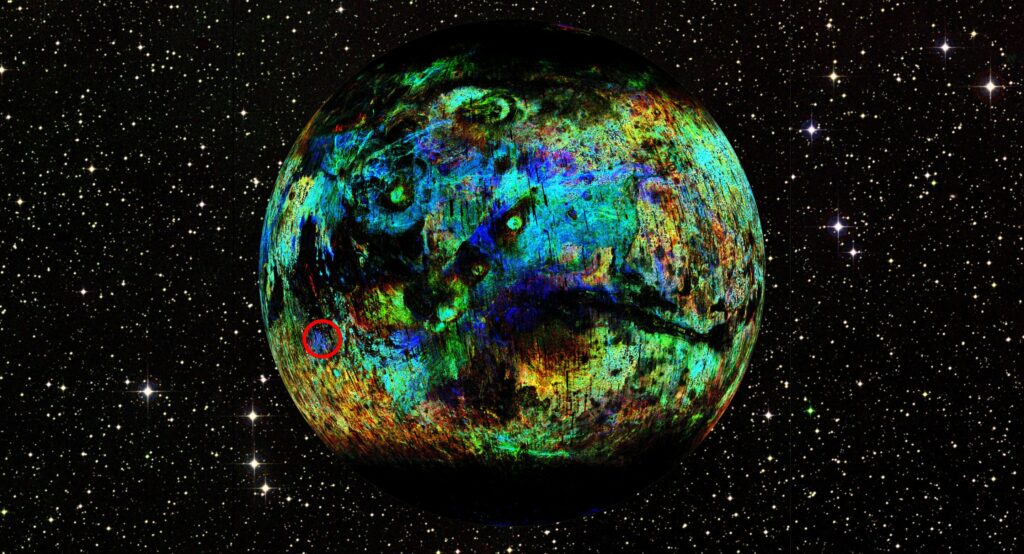
Image correction
Another task that AI handles for astronomers is image processing and correction. This is similar to pattern recognition, but instead of searching for familiar patterns, the artificial neural network focuses on identifying the clearest image within a mix of pixels.
A great example of this is the groundbreaking image of the supermassive black hole at the center of the galaxy M87. Captured in 2019 by the Event Horizon Telescope (EHT), this image was a digital compilation of data from multiple large telescopes. Researchers found that AI could significantly improve the compilation process.
A machine learning algorithm called PRIMO was trained on simulated images of a black hole’s accretion disk. When it was given the EHT data, PRIMO was able to create a much more detailed image.
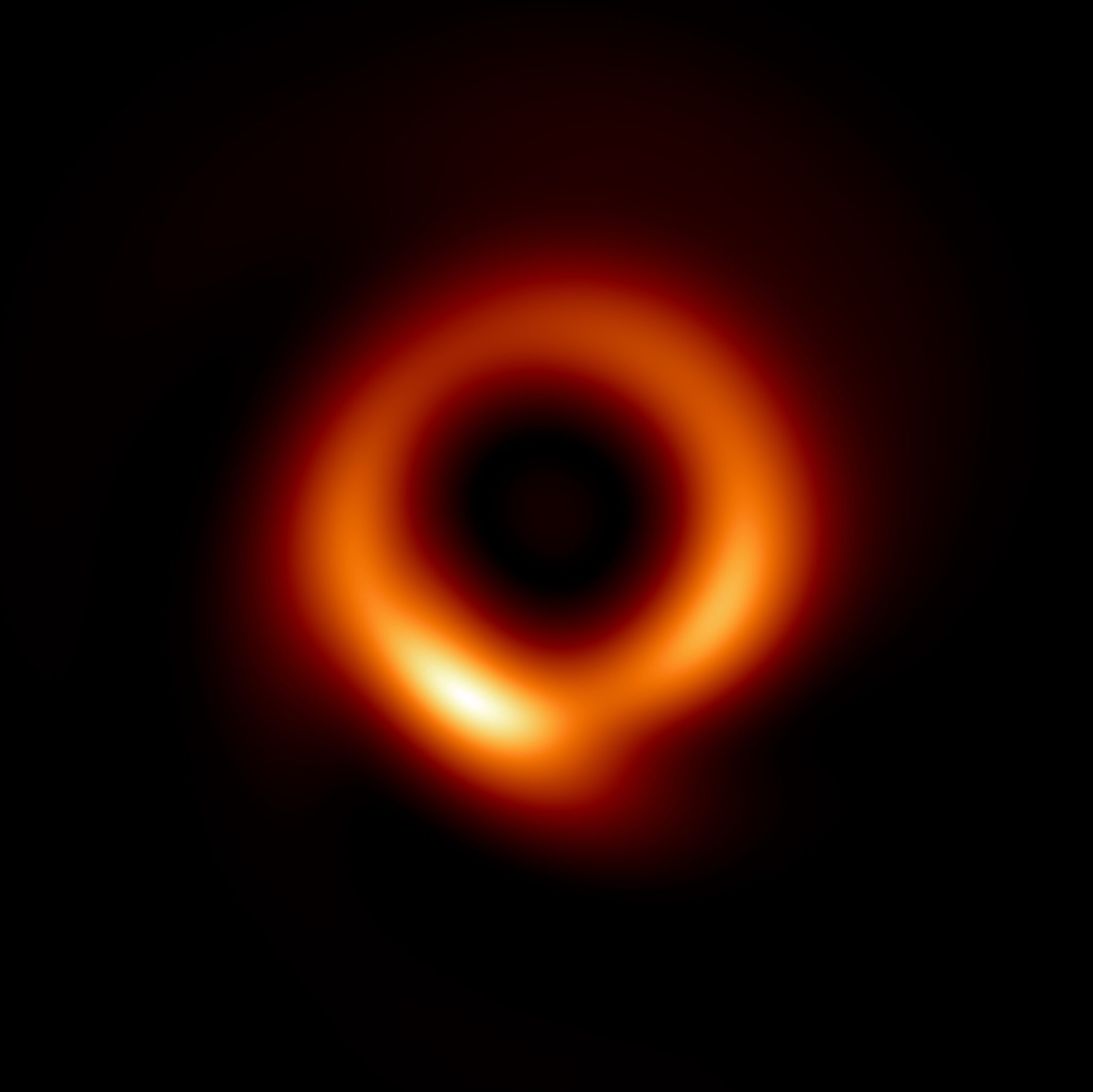
Even more impressive results were achieved in April 2023 when researchers from the U.S. and China used a model similar to PRIMO. Trials revealed that images from ground-based telescopes became 38.6% clearer after AI processing.
The search for extraterrestrial life
One of the most promising areas for neural networks application is the search for extraterrestrial life in all its forms. The main reason for this is the enormous amounts of data that needs to be analyzed.
In 2022, a group of scientists proposed using machine learning algorithms to detect artificial radio signals in the data collected by ground-based radio telescopes. Researchers suspect that, like us, aliens might use broadband signals rather than transmitting on a single frequency. This means that unknown radio signals could have very complex structures, making them hard to distinguish from natural phenomena. Fortunately, AI’s pattern recognition abilities apply not just to images but to any structured dataset, so experts are confident that these new models can aid in the search.
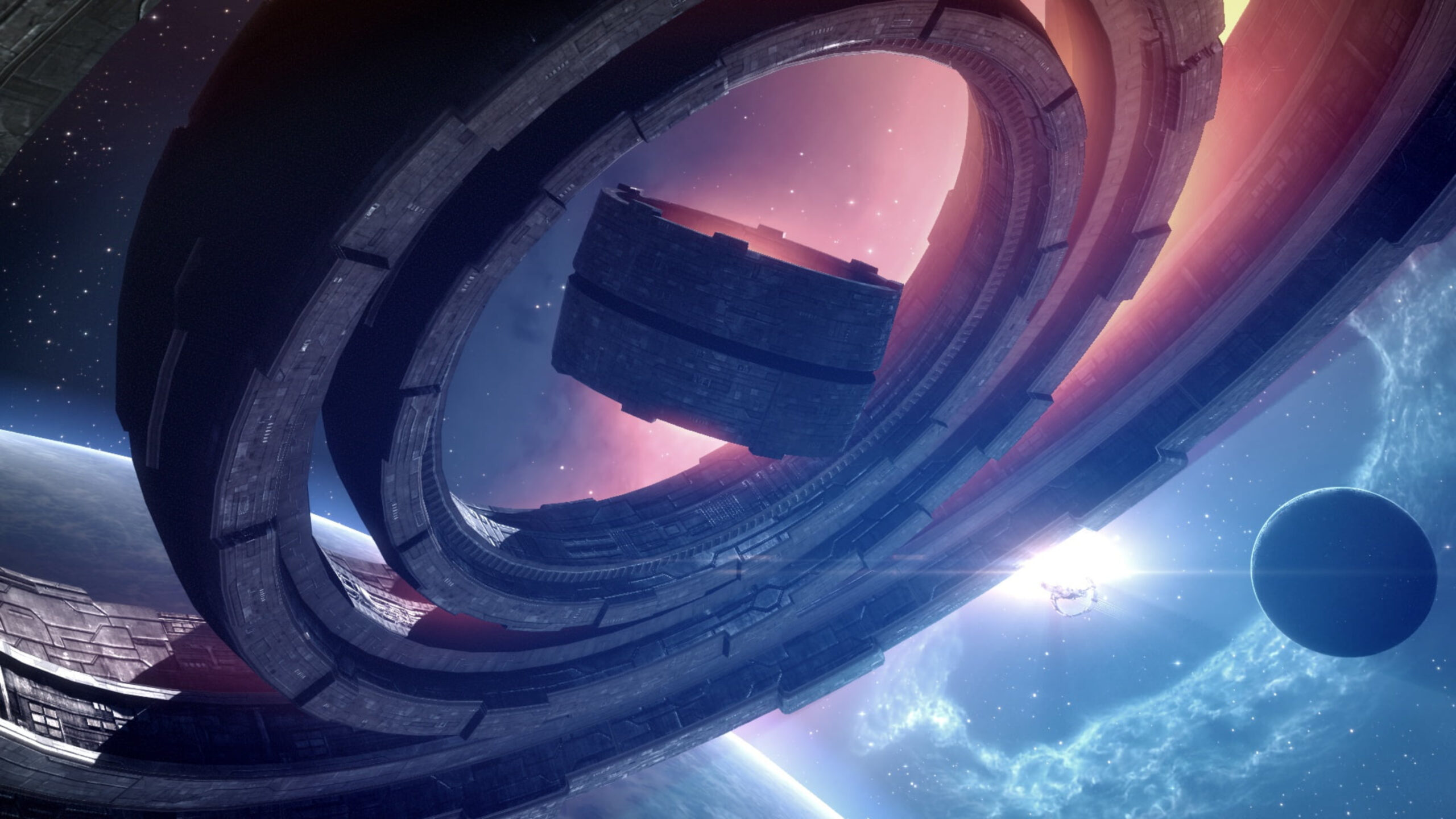
The first results from this system are already in. At the end of January 2023, it was reported that while scanning stars 30–90 light-years away, eight unusual signals had been detected, all originating from five different sources. However, scientists are cautious about making any bold claims. These signals are, after all, only ‘unusual’ and not definitive evidence of extraterrestrial activity.
In addition to signal processing, AI can be used to search for life and potential habitats. In April 2023, it was reported that a neural network identified an exoplanet that researchers had previously overlooked. Unfortunately, the object in question is a newborn celestial body located in the protoplanetary disk of its star, which is composed of dense gas and dust. So we shouldn’t expect life to evolve there anytime soon.
Then there’s Mars, where life likely existed in the past and might still exist today. For instance, there could be something akin to algae or moss growing on rocks, much like what we see in Earth’s deserts. Recently, researchers trained a neural network to identify such habitats in images of our planet’s surface. They now hope that this AI will help locate similar environments in photos taken by spacecraft orbiting Mars.
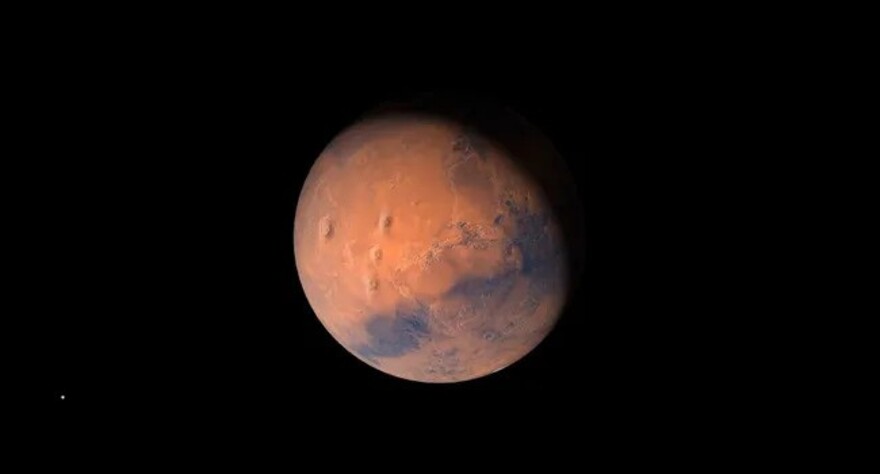
Computers look for patterns
But analyzing images isn’t the only calling for AI in science. If we’re looking at the possibility of machines truly replacing humans in astronomy, they need to be able to draw broader conclusions about the nature of the cosmos. AI has already started making progress in this area.
In March 2022, a study revealed that supermassive black holes inhibit the formation of new stars. For a long time, scientists struggled to understand why some galaxies are much quieter and dimmer than others. With many possible explanations, researchers turned to three different AI systems to help identify the most significant factors. All three systems agreed that black holes “pull” in the molecular gas that could otherwise serve as the building blocks for new generations of stars.
Later, one of these systems, EAGLE, was used to investigate why the spiral arms of galaxies disappear. This transition is common across all star systems as they gradually evolve into elliptical shapes, but in some galaxies, it happens faster. AI models revealed that this rapid transformation is driven by the loss of gas resulting from the activity of supermassive black holes.
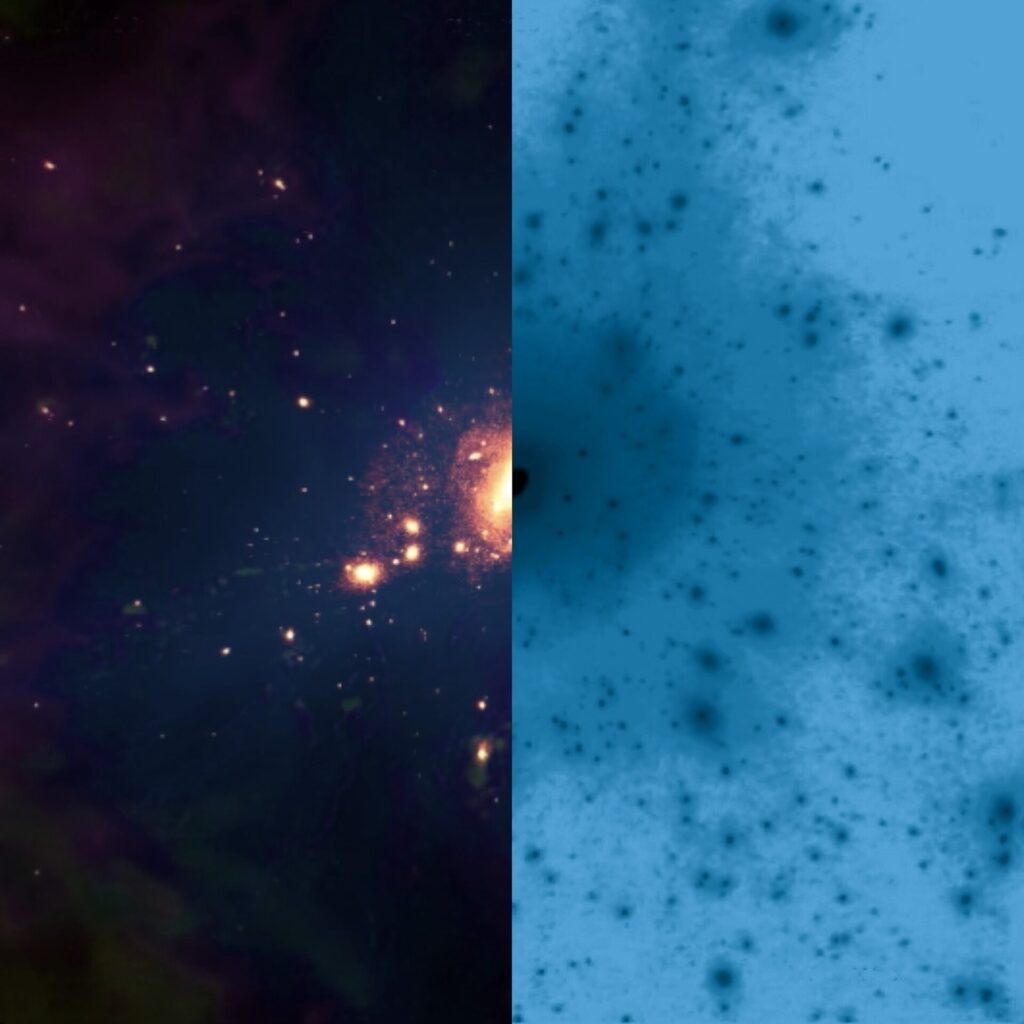
In general, AI’s ability to draw conclusions can be seen as a sign of impressive intelligence, but in reality it’s not as remarkable as that. Essentially, it’s a system trained to recognize specific patterns. First, it learns the characteristics of known space objects and what they look like. Then, it generates a wide range of simulated objects based on various competing theories. The machine simply picks out those that most closely resemble the patterns it has seen before.
One of the most remarkable achievements of AI in astronomy to date is improving the formula for estimating the mass of galactic clusters. This was done by analyzing how radiation from distant objects passes through the clusters. While this approach may seem like a form of human-level intellect, it fundamentally relies on basic pattern recognition from previous learning.
Ultimately, the equation for determining the mass of galactic clusters has numerous coefficients that are empirically derived. Until now, scientists relied on coefficients obtained through their own analysis of photographs. AI essentially did the same thing, but with improved results.
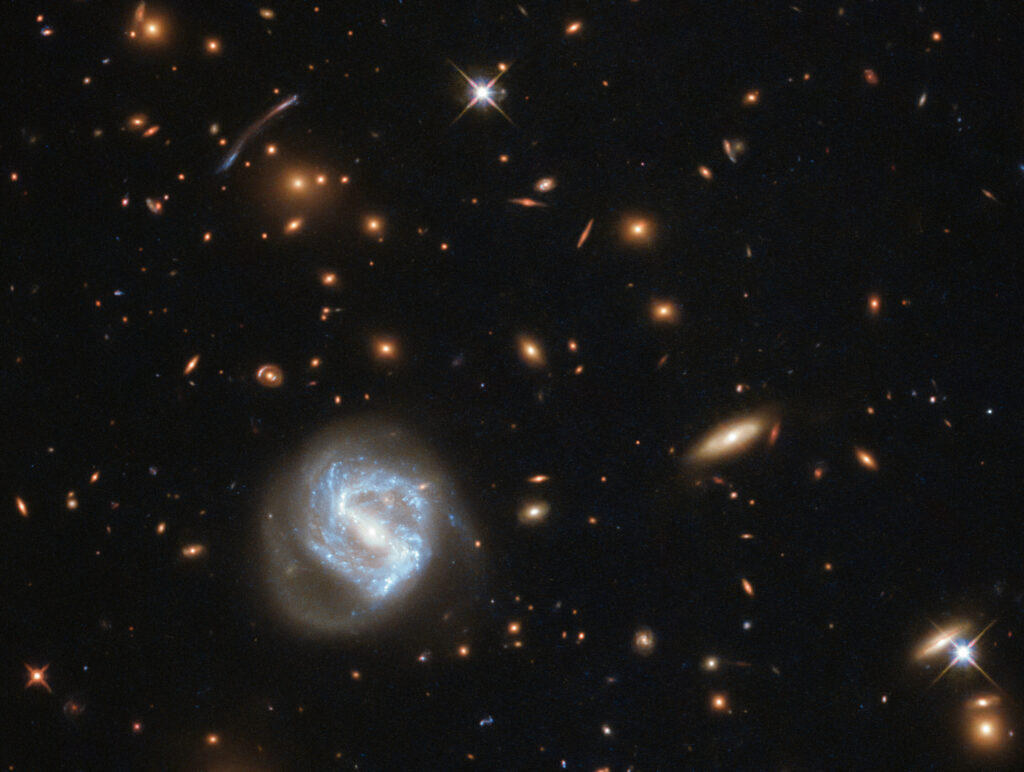
Can AI take on the role of an astronomer?
AI is now handling much of the work in astronomy that was once done by humans. This shift isn’t surprising, given that simpler digital systems had already started to take over some of these roles. For a long time, astronomy has depended on human ability to identify important details within the vast instrumental data generated across all spectral ranges.
However, both traditional algorithm-based systems and neural networks are still just tools for astronomers. None of them can yet generate ideas about the structure of the universe that we couldn’t reach on our own.
Though, in April 2023, an international team of scientists took a significant step in this direction. It focused on the naming of space objects. As telescopes uncovered more types of celestial bodies, the need for names grew, and scientists found themselves overwhelmed by the complexity of technical terminology. They first involved people with no background in astronomy to describe these objects, and then used AI to identify connections between the two sets of names. This approach enabled the AI to suggest optimal terms that are both accurate and easy to remember.
All this applies not so much to astronomy as a science, but to our language as a system. At the end of the day, what is science if not inventing new terms out of thin air? But even in this area, AI falls short of human capabilities. While these systems excel at specific tasks, a scientist’s mind can integrate and understand a much wider range of concepts.

